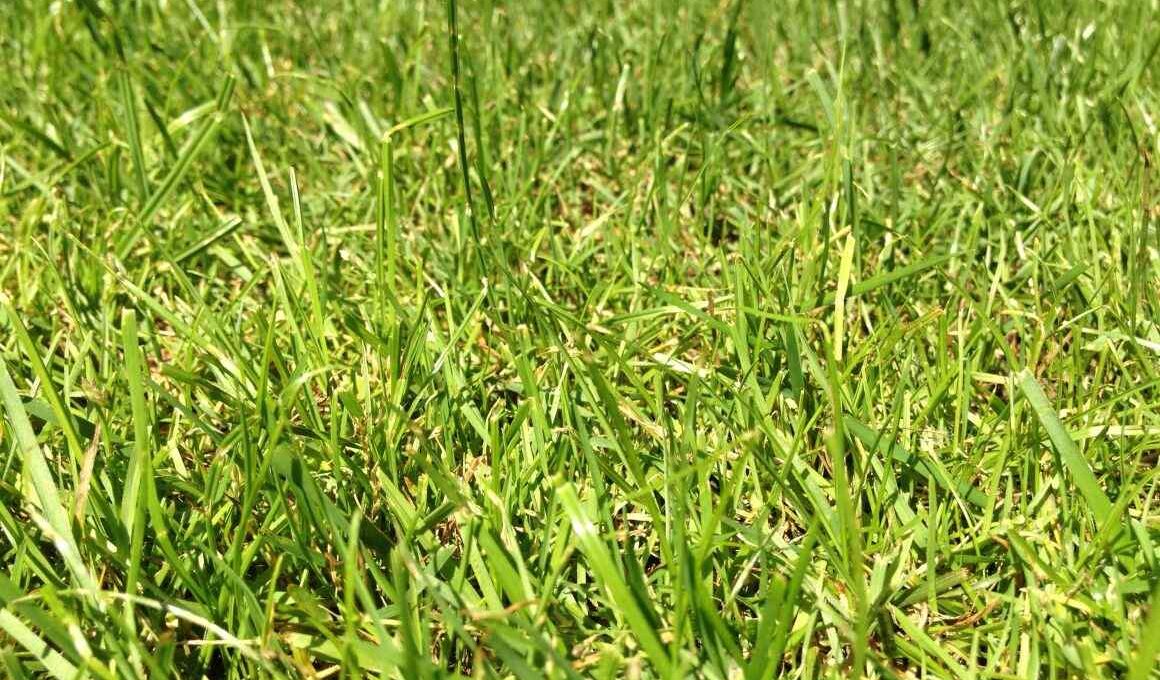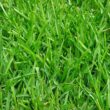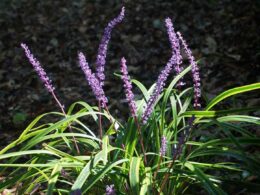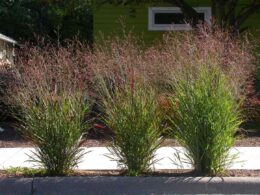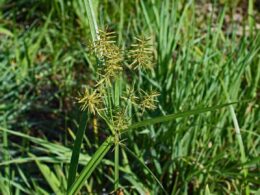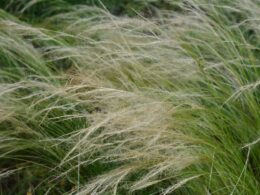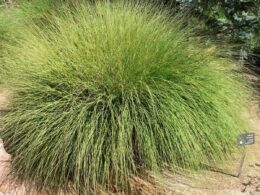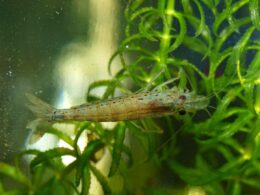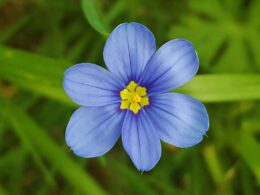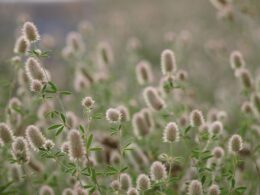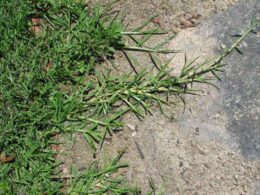Centipede Grass Appearance
Centipedegrass (Eremochloa ophiuroides) is a warm-season perennial grass that forms a dense, low-growing grass. It is characterized by its slow growth habit and light green color. The leaves are narrow and somewhat stiff, with a distinctive central vein. The leaf margins are serrated (toothed). Centipede grass has a light green color and a coarse texture. The stems are short, and the inflorescence (flowering parts) is small and inconspicuous.
Centipede Grass Habitat and Distribution
Centipede grass is a warm-season turfgrass that is native to China. It was introduced into the United States in 1916 and has since been widely planted in the southeastern states. Centipede grass is well-adapted to growing in sandy soils and is often used on golf course sand traps. It is also a popular choice for home lawns because it requires less fertilizer and mowing than other types of turfgrass.
Centipede Grass Care: Maintenance Requirements
Centipede grass is relatively easy to care for, and it does not require much fertilizer or watering. However, there are a few things that you should keep in mind if you want to maintain a healthy lawn.
Soil
Centipedegrass is best adapted to sandy soils with a pH of 5.0-6.0. The grass does not tolerate heavy traffic.
Light
Centipede grass is able to tolerate some shade, but it will not grow as well in shaded areas.
Mowing
When mowing centipede grass, it is important to use a sharp blade and mow at the recommended height. For most varieties of centipede grass, the recommended mowing height is 1-1/2 to 2 inches. Mowing any lower than this can damage the grass, while mowing any higher can result in a weaker root system. In addition, be sure to mow when the grass is dry to avoid clumping and scalping. With proper care, centipede grass will stay healthy and look great all season long. Since the grass grows slowly, it does not require frequent mowing.
Fertilizing
In order to maintain your healthy lawn, it is important to fertilize centipede grass. The best time to fertilize is in the early spring and fall with nitrogen fertilizer, when the grass is actively growing. This type of grass, however, does not require to be fertilized frequently.
Watering
Although the grass is not particularly resistant to drought, unlike other types of grass, Centipede grass does not require a lot of watering. In fact, watering Centipede grass too frequently can actually damage the roots and make the grass more susceptible to disease. Centipede grass should be watered deeply and infrequently, allowing the roots to grow deep into the soil.
Avoid Using Herbicides
Centipede grass is also susceptible to herbicides, which can damage the blades and roots. Herbicides are chemicals that are designed to kill plants, and they can be applied directly to centipede grass or inadvertently drift onto the grass from treated areas. When herbicides come into contact with centipede grass, they can cause discoloration and stunted growth. If you need to control weeds in your lawn or garden, there are many alternative methods that are safe for centipede grass, such as manual removal, mulching, and using organic herbicides.
Common Problems
One of the most common is chinch bug damage. Chinch bugs are small, black insects that suck the juice out of grass blades, causing them to turn brown and die. Another problem that can affect Centipede grass is too much shade. Also, Centipede grass is susceptible to damage from sod web worms. Sod web worms are small caterpillars that feed on the leaves of grass, causing patches of dead or dying grass. While these pests can be controlled with pesticides, it is important to carefully follow the manufacturer’s instructions to avoid harming the Centipede grass.
How to Grow Centipede Grass?
Centipede grass has a light green color and a dense, creeping growth habit. It is rarely used for turf due to its slow growth rate and tendency to produce bare patches. While centipede grass is relatively easy to grow, there are a few things that you can do to ensure success.
First, choose a location that receives at least six hours of direct sunlight each day. Centipede grass will not thrive in shade. Second, prepare the soil by removing any existing vegetation and tilling the ground to a depth of six inches. Third, sow the seed in spring or summer. Once the seedlings have emerged, be sure to keep them well watered during dry periods.
Centipede Growing Season
The growing season for centipede grass begins in late spring, when the weather becomes warm and humid. The grass will continue to grow throughout the summer months, until the weather becomes cooler in fall. At that point, the growth of centipede grass will slow down, but it will not go to dormancy like other types of grass. In early spring, the grass will begin to green up again, and the growing cycle will start anew.
How Long Does It Take for the Grass to Grow?
Centipede grass is a popular choice for lawns because it is relatively low-maintenance and tolerant of both heat and shade. This slow-growing grass typically takes about 10 to 14 days to establish itself after being planted. Once it is established, centipede grass will spread through both rhizomes and stolons, producing a dense, mat-like lawn.
Benefits of Growing Centipede Grass
There are several reasons why centipede grass is so popular. First, centipede grass is very low maintenance. It requires little watering, mowing, or fertilizing. Second, centipede grass is very tolerant of both hot and cold temperatures. It can also tolerate periods of drought better than other types of turfgrass. Third, centipede grass has a very dense growth habit. This dense growth habit helps to prevent weeds from taking over the lawn.





